

|
| HRVATSKA | CROATIA |
| županija: Požeško-slavonska |
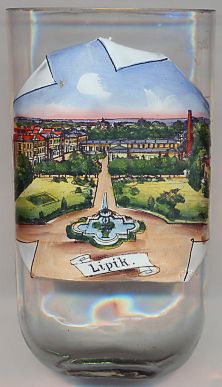 Lipik is located in eastern Croatia (Slavonia) at an elevation of 154 m
in the valley of the river Pakra. The area has certainly been inhabited already in Roman times.
The first written mention of Lipik as a spa appears in a document of 1777
when the village was the property of Count Jankoviæ of Daruvar county.
As soon as 1782, four bath houses are documented for the use of the
thermal mineral springs. The property was sold to the French company
Henri d'Heureux-Gibal in 1861 which initiated the building of the
railway line connecting Lipik to Vienna which greatly increased the
popularity of the spa. After the spa was sold again, a new thermal spring
supplying hot iodine-containing water was found by drilling in 1870.
At the end of the 19th century, Lipik was one of the most popular spas in
Europe. The development of Lipik was interrupted by both World Wars, but it
always remained a centre for medical cures. During the war between the Yugoslav
(Serbian) Army and the newly-founded Republic of Croatia in 1991 and 1992
Lipik suffered severe damages. Extensive restoration works are still in progress.
Lipik is located in eastern Croatia (Slavonia) at an elevation of 154 m
in the valley of the river Pakra. The area has certainly been inhabited already in Roman times.
The first written mention of Lipik as a spa appears in a document of 1777
when the village was the property of Count Jankoviæ of Daruvar county.
As soon as 1782, four bath houses are documented for the use of the
thermal mineral springs. The property was sold to the French company
Henri d'Heureux-Gibal in 1861 which initiated the building of the
railway line connecting Lipik to Vienna which greatly increased the
popularity of the spa. After the spa was sold again, a new thermal spring
supplying hot iodine-containing water was found by drilling in 1870.
At the end of the 19th century, Lipik was one of the most popular spas in
Europe. The development of Lipik was interrupted by both World Wars, but it
always remained a centre for medical cures. During the war between the Yugoslav
(Serbian) Army and the newly-founded Republic of Croatia in 1991 and 1992
Lipik suffered severe damages. Extensive restoration works are still in progress.
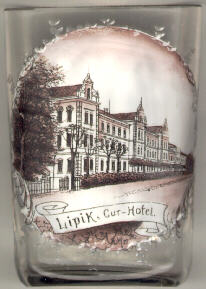
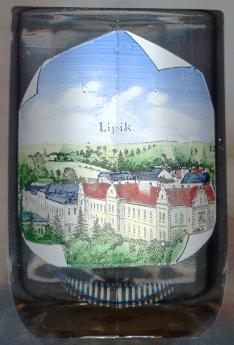
The  Kurhotel [left, no. 054; and right, no. 657: foreground right] was built
between 1870 and 1890 and was one of the fashionable hotels of Lipik. Today
it is used as the special hospital for medical rehabilitation. The building
was severely damaged by shelling in 1991/92, about half of the building was
completely destroyed.
Kurhotel [left, no. 054; and right, no. 657: foreground right] was built
between 1870 and 1890 and was one of the fashionable hotels of Lipik. Today
it is used as the special hospital for medical rehabilitation. The building
was severely damaged by shelling in 1991/92, about half of the building was
completely destroyed.
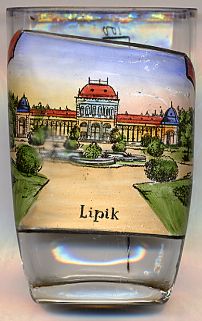
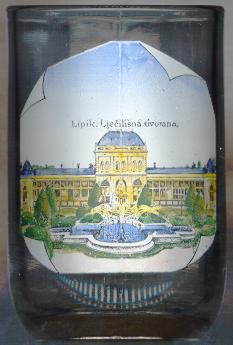
The  Kursalon [left, no. 2626, and right, no. 656]
was built in 1893 by architect Gustav Rath from Budapest.
The building was ruined completely by shelling and fire during the war
in 1991/92.
Kursalon [left, no. 2626, and right, no. 656]
was built in 1893 by architect Gustav Rath from Budapest.
The building was ruined completely by shelling and fire during the war
in 1991/92.
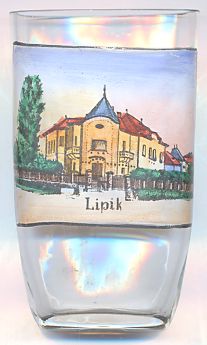
Glass no. 2379 [left] shows a view of the former
 Villa
Villa
![[scale]](lineal.jpg)